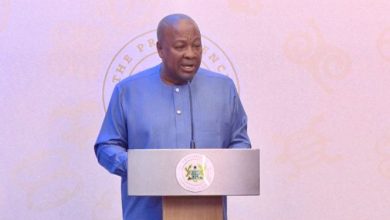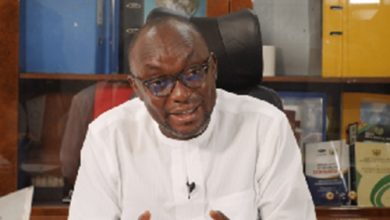2026 Budget: Key macroeconomic and medium-term targets

Finance Minister Dr. Cassiel Ato Forson on Thursday, November 13, presented the 2026 Budget Statement and Economic Policy to Parliament, outlining a more moderate set of macroeconomic targets for next year and the medium term.
The budget projects a rebound anchored on stability, growth and fiscal discipline, with clear targets spanning 2026 to 2029.
Under the medium-term macroeconomic framework (2026–2029), government is aiming for an average real GDP growth rate of 4.9 percent, with non-oil GDP growth expected to hover around 5.0 percent as part of efforts to diversify away from extractive industries.
Inflation is projected to remain within the 8 ± 2 percent target band, while the primary balance is expected to record a surplus of 1.5 percent of GDP on commitment basis from 2026 onwards in line with the Fiscal Responsibility Framework aimed at consolidating recent gains in stability.
On the external front, government is also targeting gross international reserves of at least three months of import cover – a level the minister noted is critical for shoring up investor confidence, strengthening external buffers and supporting cedi stability.
For the 2026 fiscal year, Dr. Ato Forson announced specific targets that he said are achievable under the government’s reset agenda.
The budget sets overall real GDP growth at a minimum of 4.8 percent, driven largely by expansion in services, manufacturing and agriculture.
Non-oil real GDP growth is expected to reach at least 4.9 percent, underscoring government’s push to reduce reliance on oil revenues.
Presenting the fiscal outlook, the Minister announced that government is projecting a budget deficit of 2 percent in 2026 which is an improvement from the 2.8 percent deficit projected for 2025.
Dr. Ato Forson said the macroeconomic targets reflect government’s renewed commitment to stability, sustainable growth and prudent fiscal management as Ghana moves into the next phase of economic recovery and transformation.




